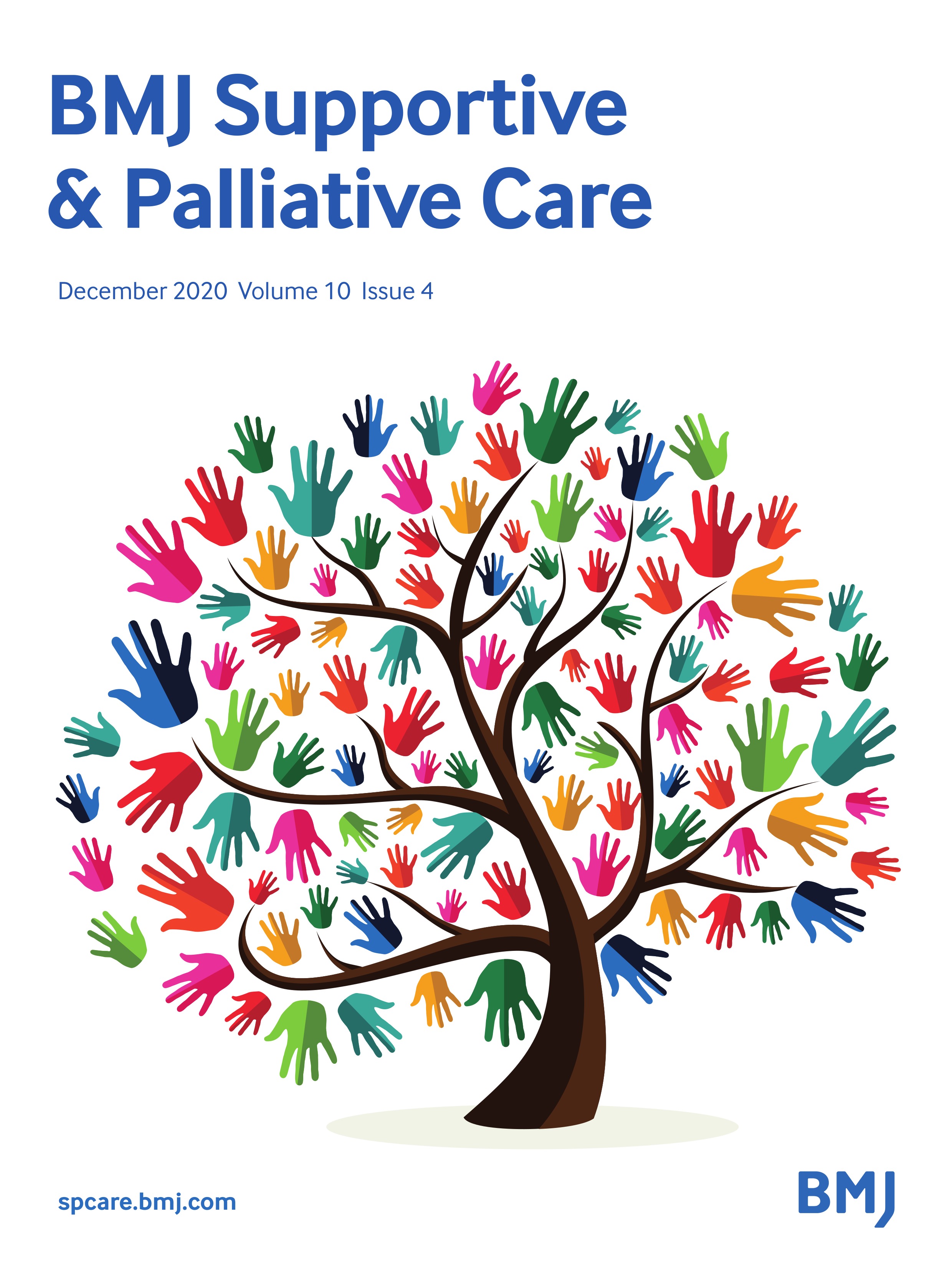|
Medicine RSS-Feeds by Alexandros G. Sfakianakis,Anapafseos 5 Agios Nikolaos 72100 Crete Greece,00302841026182,00306932607174,alsfakia@gmail.com
Πληροφορίες
Πέμπτη 26 Νοεμβρίου 2020
[Comment] The place for remdesivir in COVID-19 treatment
Economic Evaluation of Suture Versus Clip Anastomosis in Arteriovenous Fistula Creation
|
Professionals guidance about palliative medicine in chronic heart failure: a mixed-method study
|
Hospital end-of-life care: families free-text notes
|
Allocation of funding into blast injury-related research and blast traumatic brain injury between 2000 and 2019: analysis of global investments from public and philanthropic funders
|
Evaluation of glucose-6-phosphate dehydrogenase (G6PD) status in US military and VA patients with COVID-19 infection
|
Release of Mafia-crime prisoners during the COVID-19 epidemic: imbalance between detainees health and public safety
|
Accidental sulfur mustard exposure from explosive ordnance in a UK military service person
|
Unusual presentations of cutaneous larva migrans in British military personnel
|
Sex-Related Differences in Anxious-Depressive and Defensive Behavior in Wistar Rats
|
Microelectrophysiological Studies of the Ratio of Excitatory to Inhibitory Synaptic Processes in the Corticonigral Projection in a Model of Parkinson’s
|
Acoustic and Perceptual Features of the Emotional Speech of Adolescents Aged 14–16 Years
|
Αρχειοθήκη ιστολογίου
-
►
2023
(366)
- ► Φεβρουαρίου (184)
- ► Ιανουαρίου (182)
-
►
2022
(2814)
- ► Δεκεμβρίου (182)
- ► Σεπτεμβρίου (213)
- ► Φεβρουαρίου (264)
- ► Ιανουαρίου (262)
-
►
2021
(3815)
- ► Δεκεμβρίου (229)
- ► Σεπτεμβρίου (276)
- ► Φεβρουαρίου (64)
-
▼
2020
(5754)
- ► Δεκεμβρίου (401)
-
▼
Νοεμβρίου
(552)
-
▼
Νοε 26
(25)
- [Comment] The place for remdesivir in COVID-19 tre...
- Economic Evaluation of Suture Versus Clip Anastomo...
- Professionals guidance about palliative medicine i...
- Hospital end-of-life care: families free-text notes
- Allocation of funding into blast injury-related re...
- Evaluation of glucose-6-phosphate dehydrogenase (G...
- Release of Mafia-crime prisoners during the COVID-...
- Accidental sulfur mustard exposure from explosive ...
- Unusual presentations of cutaneous larva migrans i...
- Sex-Related Differences in Anxious-Depressive and ...
- Microelectrophysiological Studies of the Ratio of ...
- Acoustic and Perceptual Features of the Emotional ...
- Combined Influences of Genetic Factors and Attenti...
- Effect of Intraoperative Goal-Directed Fluid Manag...
- Post-Stent Ballooning during TransCarotid Artery R...
- Pathways to Enable Primary Healthcare Nurses in Pr...
- Associations Between Maternal Community Deprivatio...
- Code-Sharing in Cost-of-Illness Calculations: An A...
- Epidemiology and public health response in early p...
- Serology- and PCR-based cumulative incidence of SA...
- Where has all the influenza gone? The impact of CO...
- Fully-customized distraction assembly for maxillof...
- Routinely collected patient data in neurology rese...
- Vestibular rehabilitation in multiple sclerosis: s...
- A distinct neuromelanin magnetic resonance imaging...
-
▼
Νοε 26
(25)
- ► Σεπτεμβρίου (365)
- ► Φεβρουαρίου (754)
- ► Ιανουαρίου (894)
-
►
2019
(146)
- ► Δεκεμβρίου (19)
- ► Σεπτεμβρίου (54)





